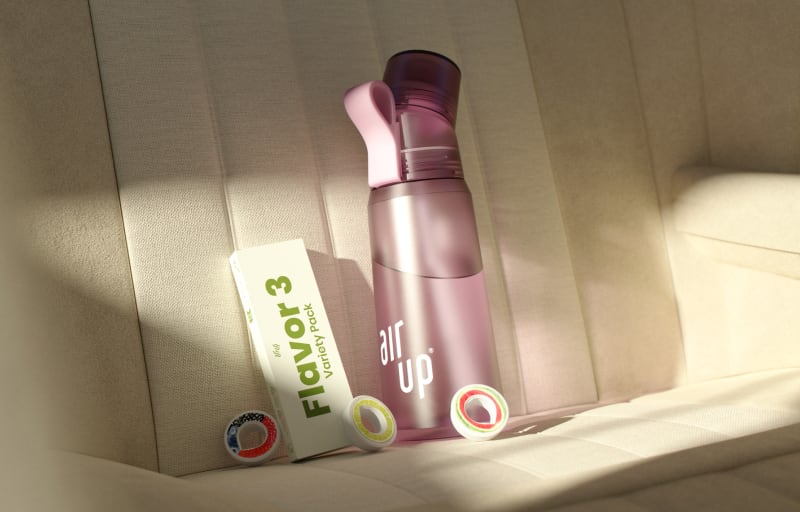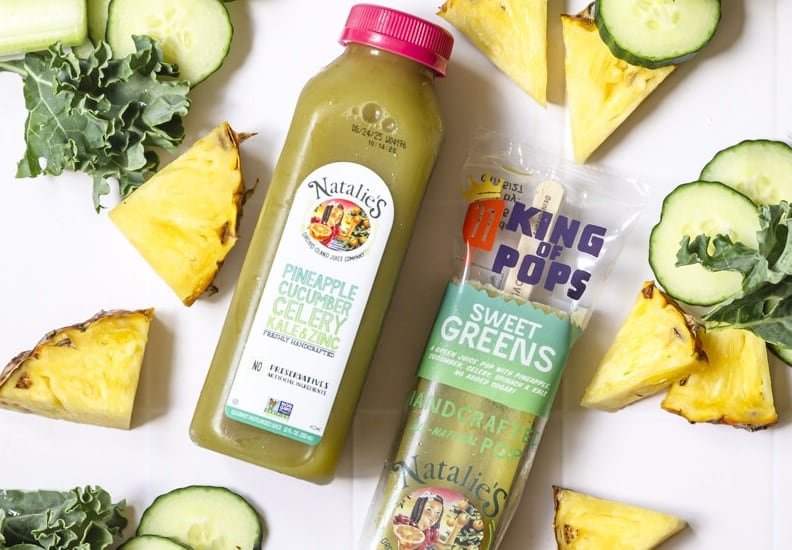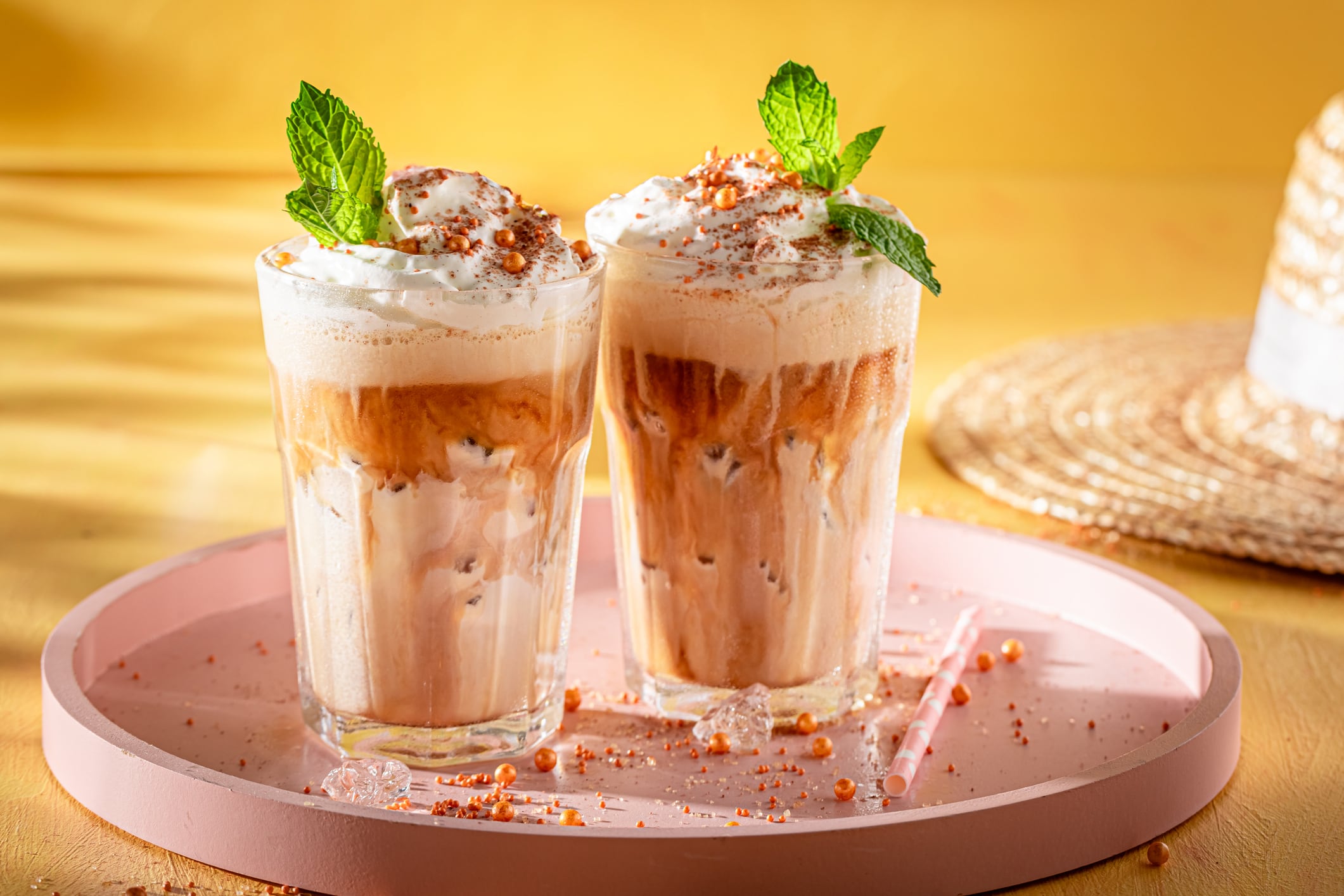Key takeaways
- Air Up flavors water through scent, tricking the brain into perceiving plain water as something much more flavorsome
- Creating a prototype was easy: but getting the bottle to market required a significant leap of faith
- Air Up is a fan-favorite of young adults
- The secret to success? Bringing something truly innovative the the market that ties in with consumer needs
Air Up flavors water simply through scent. That means it helps people drink more and hydrate better, but without the calories or sugar in soda or other beverages.
Co-founder Lena Jüngst teamed up with her fellow product designers while still studying and created a prototype with relative ease.
But it required a leap of faith when required to commit to an initial run of 80,000 bottles: which was rewarded when they sold out in under six weeks.
Jüngst tells us how the idea took off...
BD: Introduce us to Air Up!
LJ: Air Up is a drinking bottle that flavors your water just through scent. So you just drink water, but your brain tells you you’re drinking something with flavor.
With our technology, the big advantage is that you can enjoy flavor while drinking a lot of water, without consuming sugar, additives or anything else. So it’s a fun drink that makes it easier for you to drink your plain 2.4 liters of water a day without having to turn to sodas or anything else.
Where did the idea come from?
Tim [co-founder Tim Jäger] and myself both studied product design and this idea was our bachelor thesis. So this was in 2016.
Our bachelor thesis didn’t have the title ‘innovative drinking bottle’, but we were very intrigued with our sensory perception because we watched a neuroscientist Ted Talk about how our sensory perception works and how it influences how we perceive the world.
And we thought, OK, that’s a super interesting topic. We were just fascinated by it.
And we thought about nutrition. As a society we eat too much unhealthy stuff. And what we found quite interesting was that we all know what we’re supposed to do. We all know we should eat the carrot. We should eat the apple. If education is not the problem, what is the problem really?
And what we realized was that we’re just drawn to good taste. So when we were hunters and gatherers we were drawn to flavors that may ensured our survival. So those were flavors we really crave and our sensory perception hasn’t changed even though our environment has changed a lot.
And we realized that flavor is not just something that is defined by our tongue, but it’s an interplay of all our five senses. The dominant scent in that interplay is our nose. There’s something called retronasal olfaction: and that’s the predominant way of smelling when we consume flavor. And that makes 80% of our flavor perception.
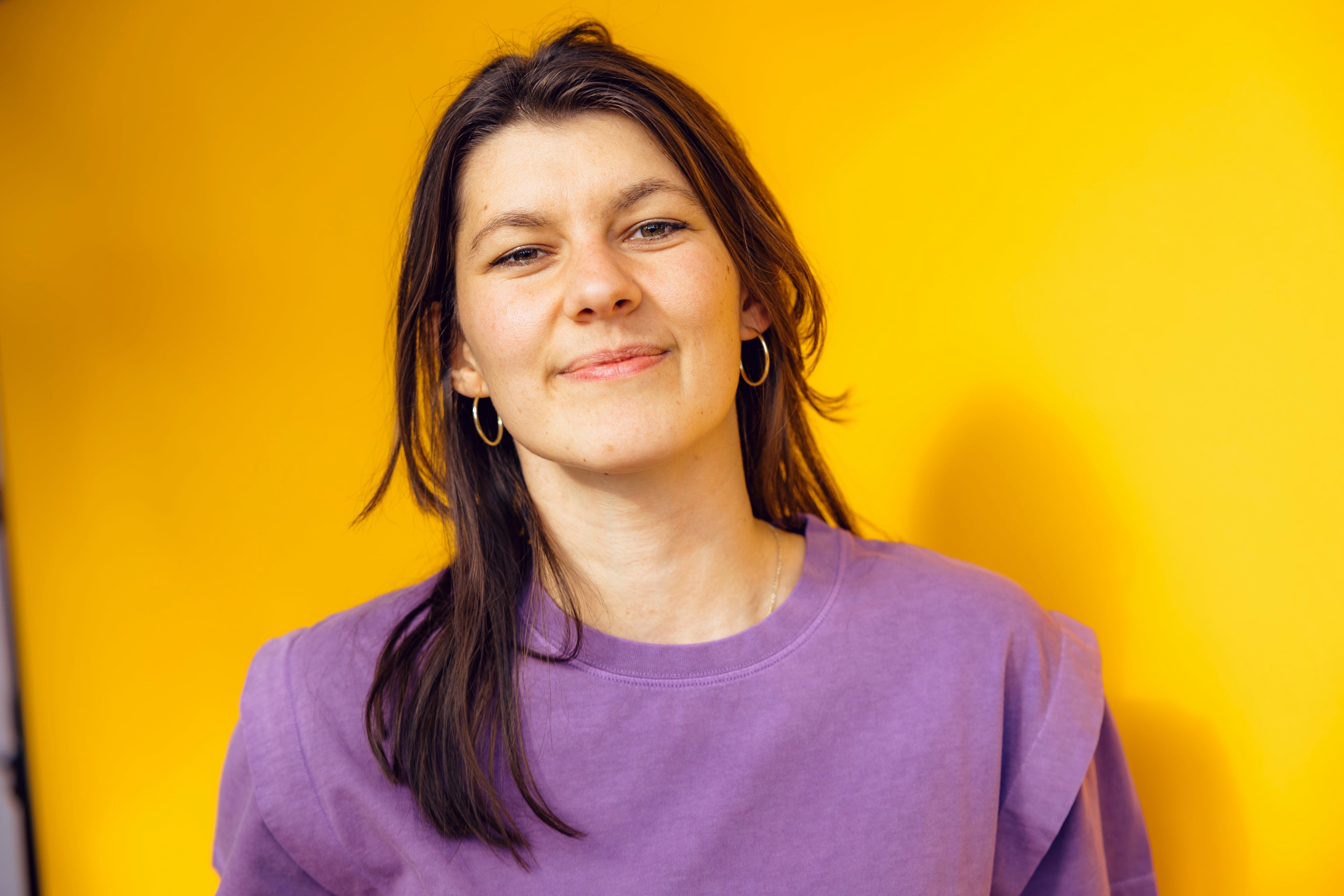
How hard was it to get this idea off the ground?
It took us around four weeks to build a first functional prototype. It then took us one and a half years to bring that prototype to production!
It was quick to create, but to then produce something on large scale... that’s something completely different.
It's like Bertie Bott's every flavor beans!
"The good thing about our product is that any smell can become a flavor.
"We started with orange vanilla in the prototyping stage. But of course we then also we tried garlic, we tried beer and wine favours. We tried bacon. We would pull pranks and put in weird flavors… it was like Bertie Bott’s!"
Where can we find your products?
We sell our products in 14 countries. Mainly Europe and the US, mainly on our web shop but by now also in retail. So for example Sainsbury’s in the UK, Kaufland in Germany.
Who’s your target audience?
When we started out, we knew the product was perfect for certain people: diabetics, people with allergies, etc.
We could have created a Medtech product, but we decided that would reduce the reach of our product. We decided there was bigger potential and that was a good decision.
The product offers a lot of advantages for children. Normally they got told by their parents: ‘Don’t drink soda, you should drink water’. At the same time, they want flavor. So we knew it could be a very attractive target group for us.
We decided to focus on Gen Z because we know that - even though kids use our products - they don’t want to be addressed as kids, right?
Lena Jüngst
And that worked. It became a school hype. And then from that, because kids were wanting our products, they told their parents about. And then the parents started to use our product.
So there were some interesting shifts in our target consumer groups.
Recently, we said ‘OK: who do we focus on?’ The good thing about our product is that everyone needs to drink water, and most people struggle to drink enough.
So there is a lot of opportunity, but that makes it difficult to focus and prioritize.
And then we decided actively to focus on Gen Z because we know that, even though the kids use our products, they don’t want to be addressed as kids, right? So we said we’ll address Gen Z and it’s going to have spillover effects to kids and older people.
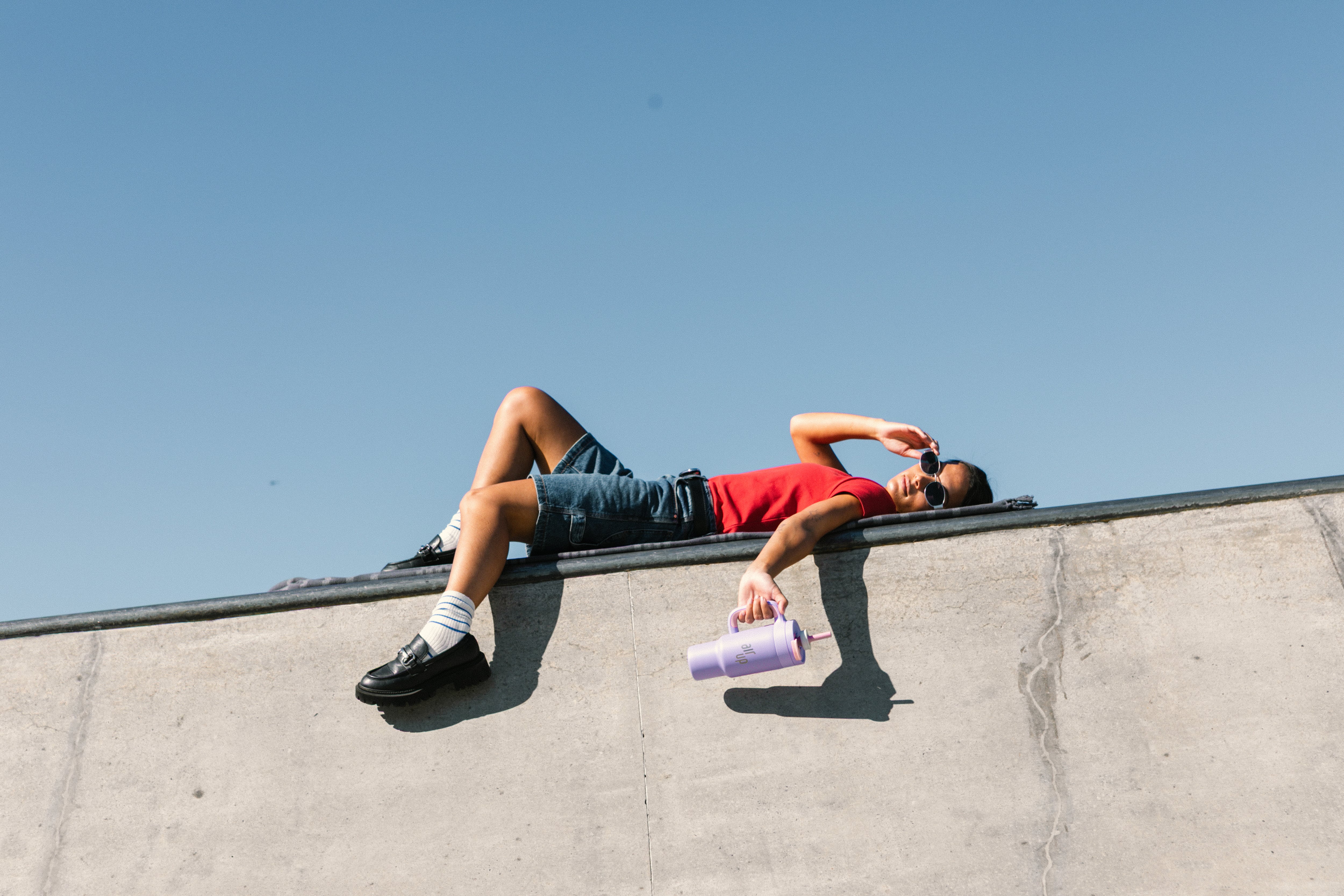
What’s the secret to success for Air Up?
There’s probably not a clear answer to that.
First of all, we were a true innovation in comparison to a lot of beverages out there, in terms of creating a different technology. It’s stand-out technology.
And at the same time, it’s a product that is still in a price range that people can reach.
And then I think a lot of people were just super curious to try it, to see if scent really tricks the brain, and that created a lot of excitement around the product.
We’re also part of the trend that made drinking bottles a lifestyle object.
The Sentaste tech
Each Air Up contains a scent pod. Each pod contains natural aromas from fruits, herbs, and more, held in a fibrous, semi-permeable “fleece”. As you sip, air flows through the pod and over the fleece, picking up scent that is transported to the mouth through the straw.
One Air Up pod adds flavor to at least 5 liters of water, or eight refills of a 600ml bottle.
How did you get this off the ground financially?
You need quite a lot of investment in the beginning, because if you create a physical product, there is no way of just creating 1,000 pieces of drinking bottles. You have to create a big batch from the get-go because otherwise manufacturing doesn’t make sense.
The first batch that we produced was 80,000 bottles plus the pods and we thought: this is nuts. We wanted to start with 1.000 pieces: 80,000 for us was a huge amount of bottles and there was a huge risk in there.
And we’re sitting there, just coming from university and thinking: ‘If we make a mistake now, this mistake is going to be visible in 80,000 products’.
So that was our biggest first financial need, and we got that through investors.
Key stats
Year founded: 2019
Headquarters: Munich
Target market: Young adults between 18 and 28. Anyone who has trouble drinking enough water and reduce sugar consumption
Biggest sales channel: D2C
What to watch out for: Retail expansion, new flavors, and other plans still under wraps…
What’s been the biggest challenge in your journey so far?
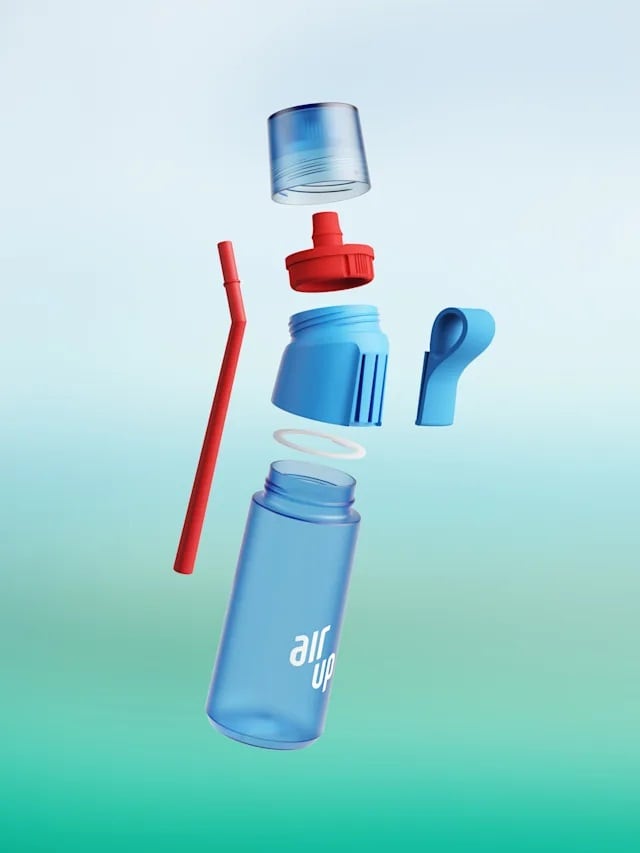
We’ve been a company that has grown quite strongly and quickly in the last years.
So we’re very fortunate, but of course this also comes with a lot of pressure.
Getting used to new situations all the time, and just growing from five people to more than 250 people in the shortest amount of time was a crazy journey.
And it brought a lot of challenges that come with every company that goes through such a growth phase.
Or course, bringing a new product to the market that no one knows yet comes with challenges because people say, ‘Well, I don’t think anyone is going to pay money for water and scent’.
So there was a lot of doubt and skepticism that we had to work with.
The best moment? The first time I saw someone that I didn’t know carrying the air up bottle on the train. And I was sat next to them. That was a very special moment for me. I didn’t say anything: but I was just sitting there smiling and being happy for myself
Lena Jüngst
What do you want to achieve over the next 5 years?
The whole goal of our company is to make healthy hydration attractive. And not only healthy hydration but also healthy nutrition.
So I think there is a lot of new ideas under the umbrella of Sentaste possible, but also outside that.
At the same time we want to explore new markets, we want to be established at retail. This is our newest strategy shift.
But I think that the main thing is around our Sentaste technology. This is still a new technology and it offers so many advantages.
And we’ve only just scratched the surface.

